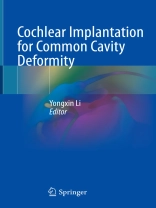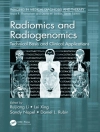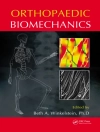The common cavity deformity (CCD) of the inner ear is characterized by cochlea and vestibule forming a single cavity. It indicates cochlear implantation (CI) and about 15% to 25% of inner ear malformation. However, complications such as facial nerve injury, penetration of the electrode array into the internal auditory canal (IAC) and electrode displacement are common, leading to unsatisfied outcomes. This book describes the embryology of CCD, preoperative auditory, balance and vestibular evaluation, and electrophysiology and radiology aspect for CCD. In addition, the surgical technique and CI outcomes will be focused. The electrode array design is also a highlight for CCD surgery, and will be discussed in details. Last but not least, the balance and vestibular function research of CCD patients before and after surgery is also thoroughly reviewed. It will be a good reference for otologist and practitioners in related field to understand more about CCD.
Table of Content
Embryology of Inner Ear Malformation Types and Radiologic Relevance.- Preoperative Auditory Evaluation of Patients with Common Cavity Deformity.- Radiology of Common Cavity Deformity.- Electrode Array Design in Common Cavity Deformity.- Cochlear Implantation Technique for Common Cavity Deformity.- Complications management of Common Cavity Deformity Surgery.- Outcomes of Common Cavity Deformity after Cochlear Implantation.- Vestibular Function of Patients with Common Cavity Deformity.
About the author
Yongxin Li is a Professor at Department of Otorhinolaryngology Head and Neck Surgery, Beijing Tongren Hospital, Capital Medical University, Beijing, China.












